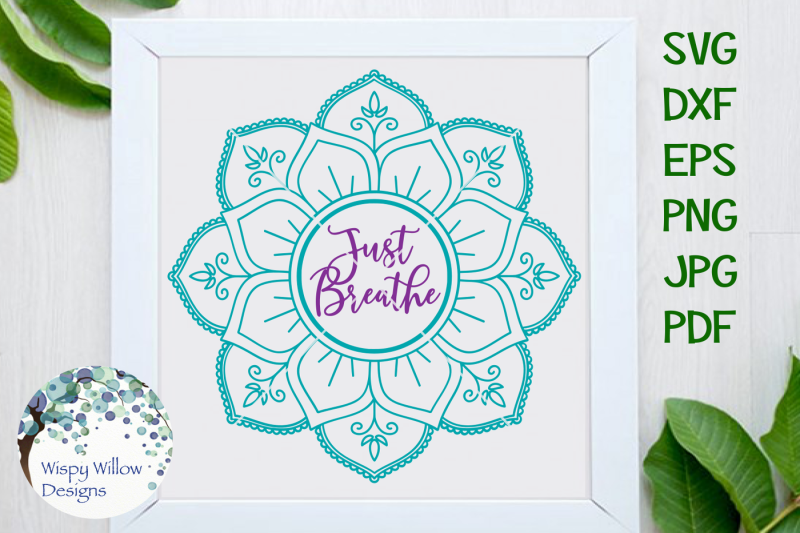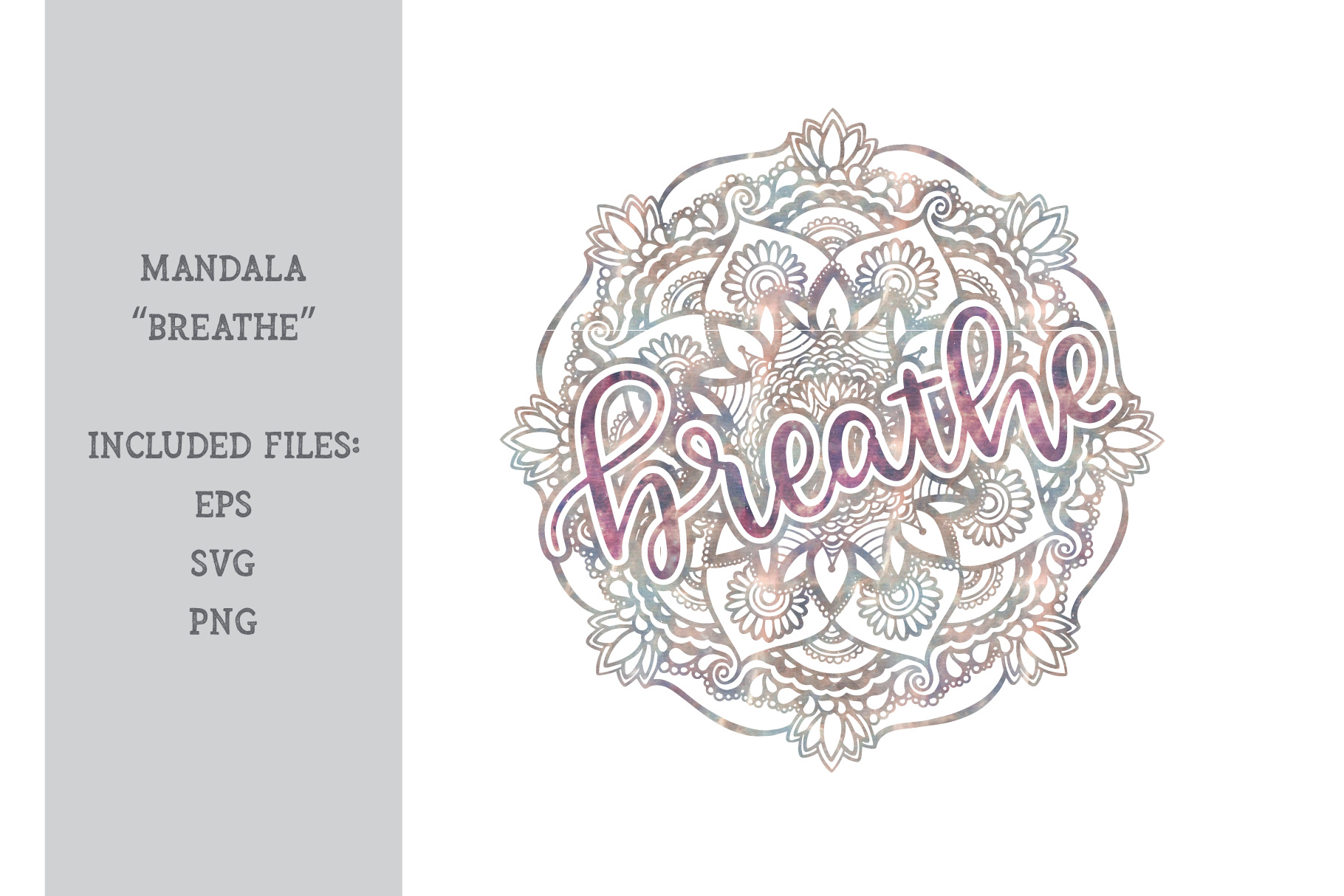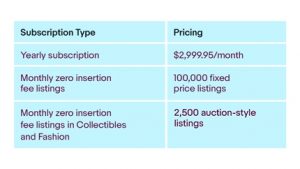Graphics and Images Tool In Scope
29 August 2019
Visuals don’t just stand out at first sight; they’re also easier to remember.
Add visuals to well-researched and useful content and that content is much more likely to resonate with its audience over time.
Remember when we used flash cards and other visuals in grade school to help us learn new topics? That’s because most of the human population consists of visual learners, or those who are able to comprehend and retain information better through the use of visual aids.

The idea is the same.
The majority of humans retain visual information much better, clearer, and longer than we are able to solely written words.
Visual content leads to more engagement. And more engagement means more leads.
Match this concept with the brand consistency mentioned above, and one of the most critical components of your content strategy is in place.
The average person can get distracted (or bored) within a few seconds. That’s doesn’t give you much time to grab someone’s attention. So make sure you capture their attention the right way – and fast!
SVG Files
Using SVGs in web design opens up a whole new world of possibilities. It’s a great way to make your design unique and enhance the user experience.
One of the biggest advantages of SVGs that I’ve found is its flexibility and an ability to modify particular internal elements with CSS. That way you can create multi-color icons and illustrations and even animate them using CSS or JavaScript.

SVG files are vector, so they scale without losing any quality and are super lightweight if done correctly and optimized.
SVGs don’t take much space and when used inline as a code, it doesn’t require an HTTP request, which can improve your page load speed. If you want to optimize your SVG files even more, you can try this great tool: SVGOMG.
You can upload your SVG file there and have a bunch of extra options to optimize it even more.

EPS Files
Encapsulated PostScript (EPS) file format is a graphics format for vector images that mandala svg uses, much like a photographic image file format is a JPEG.
An EPS file format offers your vector graphic image a lot of customization and room to work with your image to change it without really destroying any image information or having to flatten the image. You should use an EPS vector file when you would like to ultimately control the size of the image without pixellation problem, and also when you want to make global changes to sizes, colors, and changes to your image.
PNG Files
PNG file is compressed in lossless fashion, meaning all image information is restored when the file is decompressed during viewing. A PNG file is not intended to replace the JPEG format, which is “lossy” but lets the creator make a trade-off between file size and image quality when the image is compressed. Typically, an image in a PNG file can be 10 percent to 30 percent more compressed than in a GIF format.
PNG is also good for detailed, high-contrast images. Consequently, PNG is typically the default file format for screenshots because, instead of compressing groups of pixels together, it offers a nearly perfect pixel-for-pixel representation of the screen.
Sponsored Content by DesignBundles.net

DesignBundles.net offer exclusive deals on high quality premium design resources and free design resources. We offer savings of up to 96% off the RRP on design elements from thousands of independent designers.
We offer free design resources each week and a marketplace which allows graphic designers to register and sell their products. Our customers always come first and with our lifetime download guarantee and unlimited support – we are sure you will love shopping with us.
(43)




